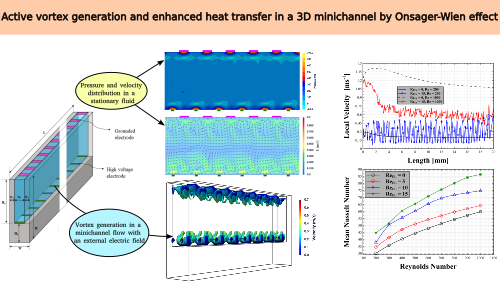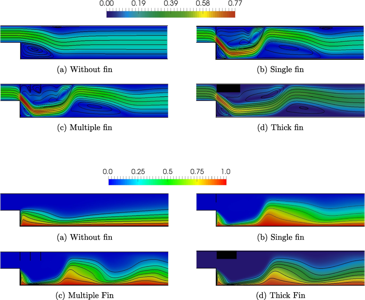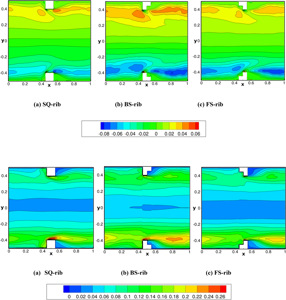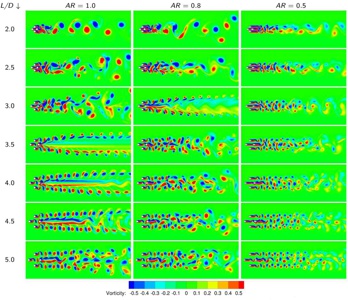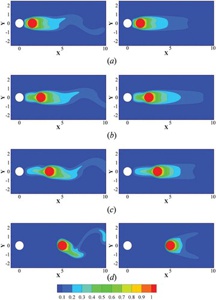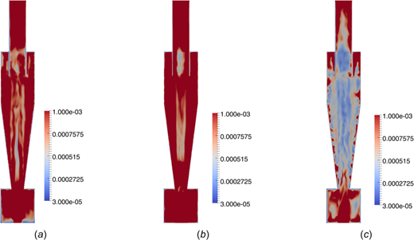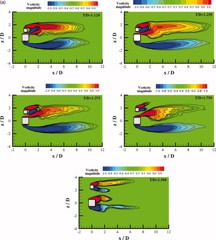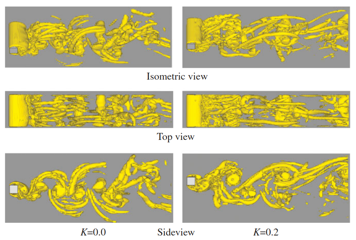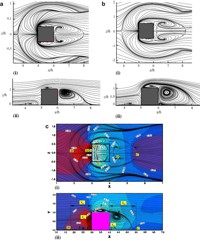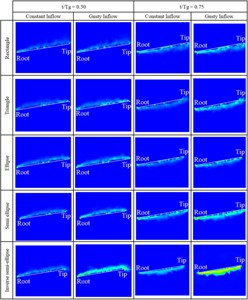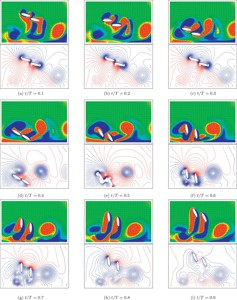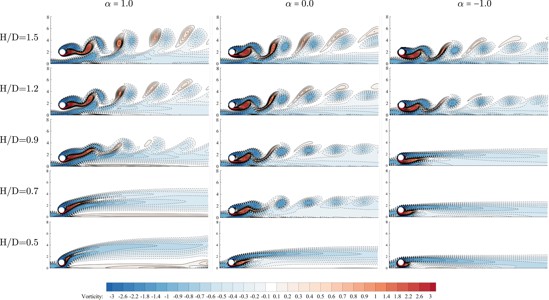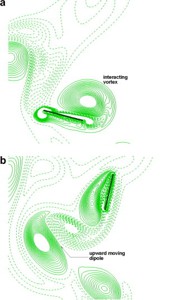Multiphase Flow
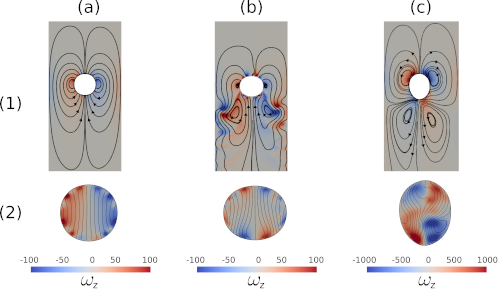
When a bubble ascends in an electric field, vortices form due to variations in electrical conductivity and permittivity ratios. These vortices cause deformation. In column (a) without an electric field, no vortices are seen during bubble ascent. In columns (b) and (c) with an electric field, (b) depicts horizontal deformation, while (c) shows vertical deformation. Clear vortices appear outside the bubble in both cases. Physics of Fluid 2023
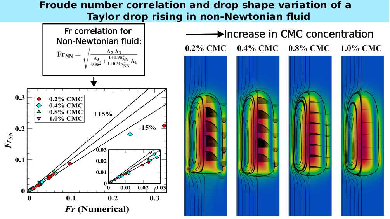
Taylor drop rising in a non-Newtonian liquid. We have investigated the dynamics of a Taylor drop rising under the influence of non-Newtonian continuous phase. Silicone oils and Sodium Carboxymethyl Cellulose (CMC) solutions are used as dispersed and continuous phases, respectively. Industrial & Engineering Chemistry Research, 2023
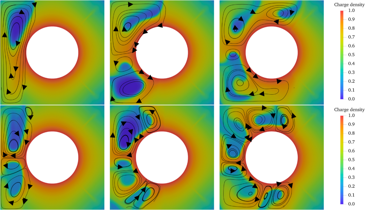
Charge density distribution and streamlines. EHD assissted melting in a square cavity with a circular electrode was studied. A paramteric study was conducted to investigate the influence of relative strengths of Coulomb and buoyancy forces. International Journal of Heat and Mass Transfer, 2022
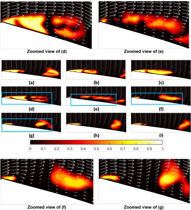
Velocity and vapour fraction contours obtained using URANS-DCM model. A study was performed to compare the efficacy of different modelling approaches to predict turbulence and cavitation-induced phase changes. International Journal of Numerical Methods for Heat & Fluid Flow, 2022
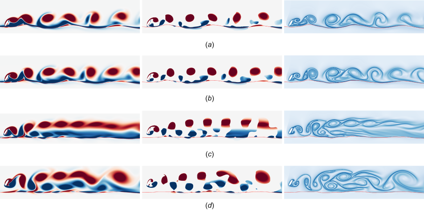
Vorticity contours due to flow past elliptic cylinder. A numerical study was conducted to analyze the wake of an elliptic cylinder in the presence of fluid-fluid interface. ASME Journal of Fluids Engineering, 2020


